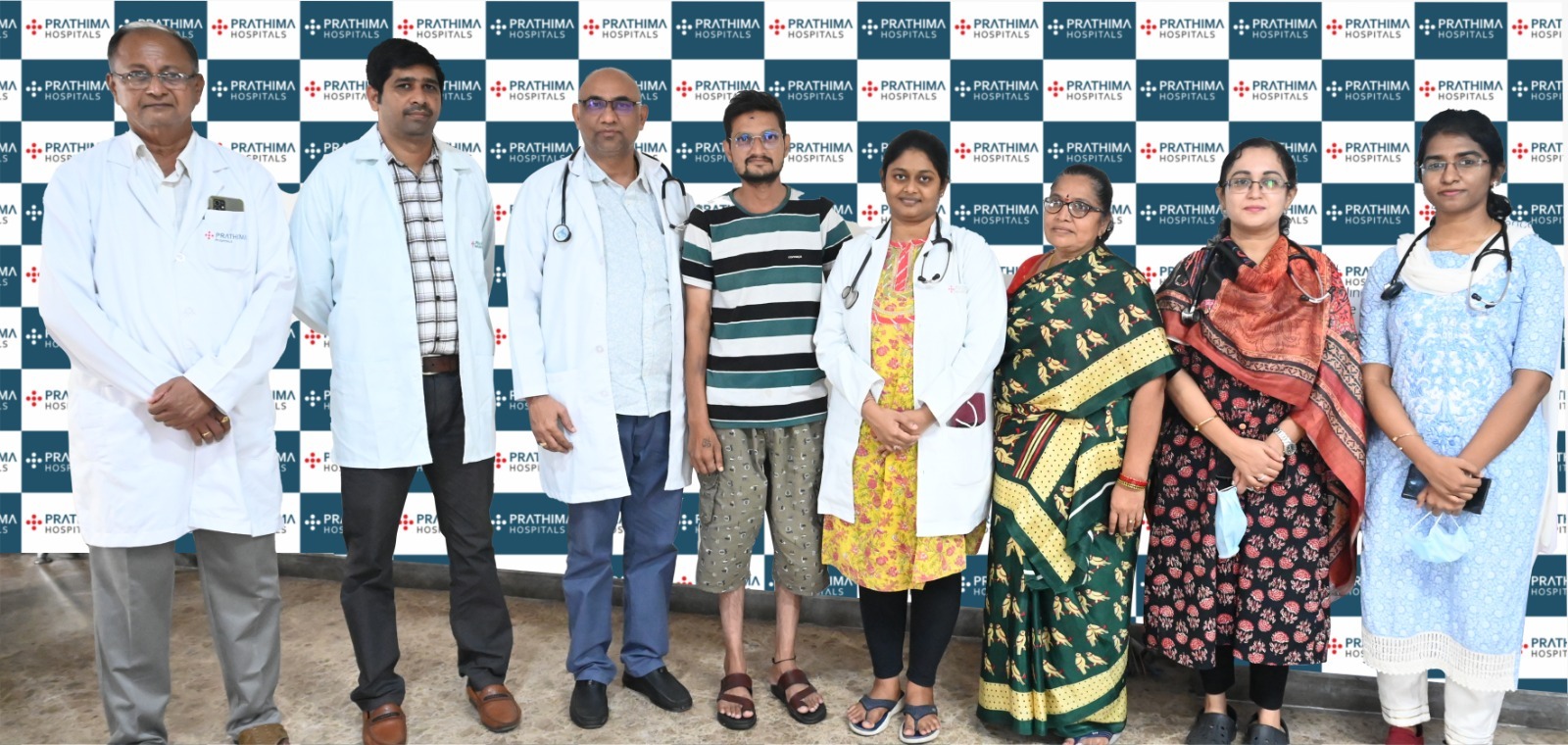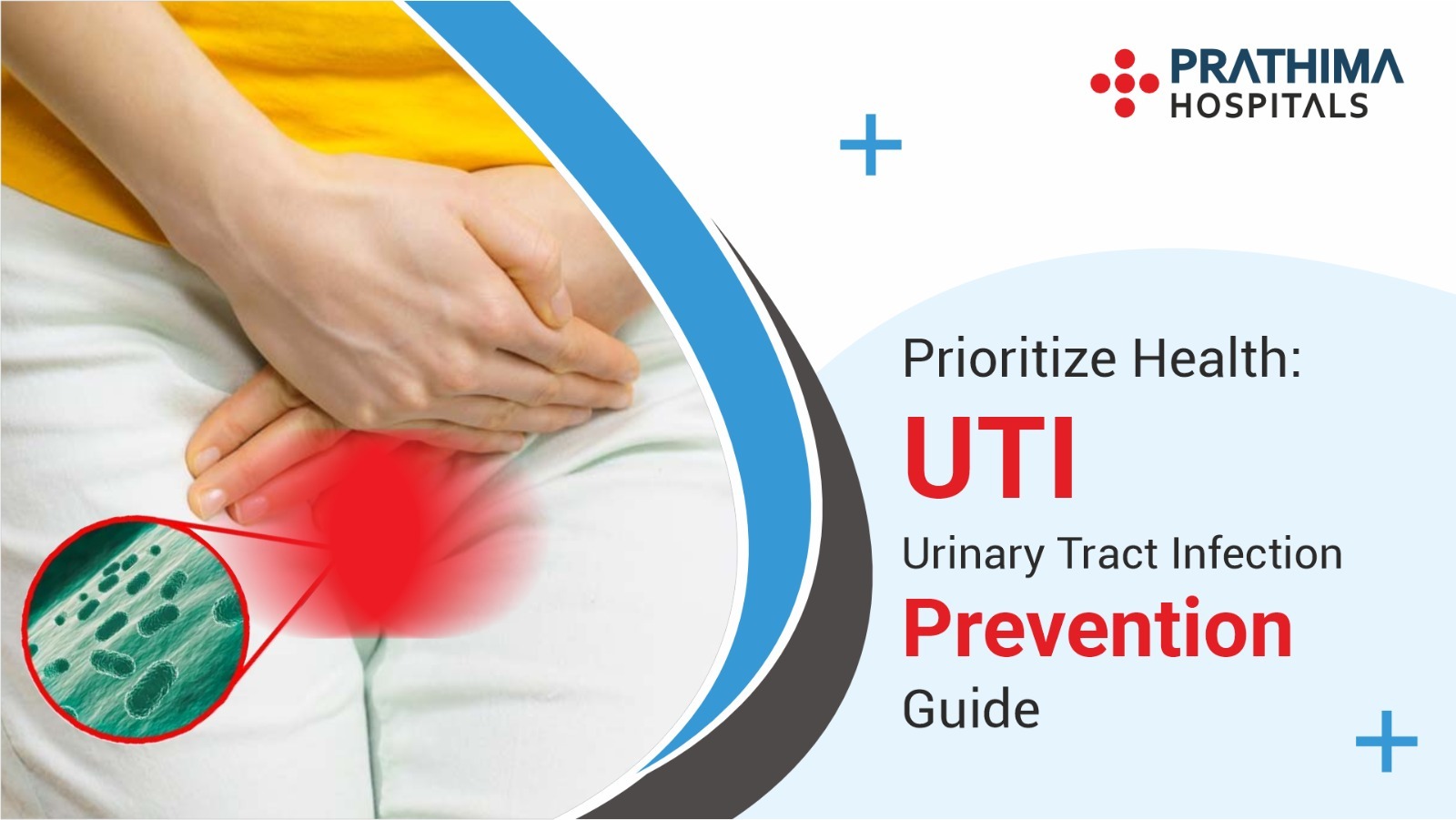Minimally Invasive ENT Surgery

Minimally invasive surgery in ENT used to diagnose and treat the problems of Ear, Nose, Head and Neck disorders for all surgical treatments by using advanced minimally invasive approaches at our Prathima hospitals. Some ENT problems require surgical intervention that can be operated with advanced surgical techniques by using minimally invasive surgical options that can have significant benefits for patients, including a small surgery with a fast recovery, less post-operative pain, and few scars if incisions are done.
Generally, procedures are used to perform through natural openings in
the ear, nasal and throat passages but in case of MIS, the surgical procedures
are different as sophisticated, thin instruments used the result in very less
amount of tissue damage, a faster recovery, less pain and small scars than
surgeries performed through open incisions.
Services:
The department of ENT at Prathima hospitals available for your services 24X7 to provide the essential health care services and to handle the sensitive issues, here experts are taken a personal care for each and every individual patient by providing a necessary treatment’s facilities in clinical and non-clinical aspects as we have a well-established audiology, cochlear implant surgery, and rehabilitation center and a well-equipped microscopes to carry out tests and surgeries of all kinds for patients . We also take special care of children and infants by providing services such as neonatal screening as it helps to detect the hearing loss in the new-born, by providing the surgical and therapeutic audiological procedures. We listed our services for some of the cases are:
- Diagnostic
Video Naso-Pharyngo laryngoscopy - Management
of Deafness - Management
of Vertigo - Neonatal
screening - Tinnitus
- ENT
Sinusitis - Nose
infections and injuries - Ear
infections - Various
sleep disorders, including sleep apnea - Head and
neck pain - Speech and
swallowing disorders - Tonsillitis
Procedures:
The advancement of technology gives a surgical procedure a new scope of
technique to operate easily with the use of minimally invasive procedures and
image-guided surgical techniques, as it allows patients to spend less time in
the operating room, require less postoperative care is needed and faster recovery
is observed. The procedures used for treating disorders of the voice box
(larynx), mouth, pharynx, sinuses, middle ear, front and side of the skull base
and many more.
Here we listed some of the leading edge minimally-invasive ENT surgery
procedures performed at Prathima hospitals includes
Rhino-Septoplasty
The rhino-septoplasty procedure uses for the correction of the deviated septum of the external nasal pyramid, as it results in a satisfactory aesthetic outcome for the patient. The surgery is performed in the operating room under general anesthesia, done through endoscopy and radiofrequency; here we observe a shorter hospital stay. After surgery, modern materials will be used, such as silicone intranasal splints, which are less painful and helps to cure easier and faster.
Radiofrequency Turbinoplasty
In this Radiofrequency Turbinoplasty procedure, we use endoscopic
equipment which allows and controls the precise execution of radiofrequency
treatment of the inferior nasal concha, as it results with minimal risk of
bleeding and faster recovery depending on and patient’s susceptibility.
Septoplasty
Septoplasty is done through an endoscopy procedure and consists of straightening the cartilage and bone of the nasal septum; in spite of the opening the respiratory passages of both nostrils. Only the most deviated parts will be removed and subsequently the nasal septum assumes its initial shape leaving the nasal mucosa intact and this procedure allows the patient for faster recovery.
Adenoidectomy
Adenoids are lymphoid tissue located in the back of the nose with the
help of endoscope it can be visualized as the repeated inflammation of adenoids
can cause harm to the ear or results in breathing problems at night such as
snoring and sleep apnea with significant impact on the development of the
child.
Tonsillectomy
The surgery is performed for a patient’s tonsils in cases for frequently become inflamed or infected, the best course of action is to remove them surgery is performed under general anesthesia supervision and done through endoscopy and radiofrequency, complete and partial resections of the palatine tonsil, opening the oropharynx and consequently providing an improved breathing for the child in the future.
Transtympanic Ventilation Tube
The Transtympanic Ventilation Tube surgery is performed under general anesthesia surgeon and done through endoscopy and radiofrequency, with complete excision of vegetation adenoid and placing a drainage tube in the eardrum with suction secretions from the middle ear to improve local ventilation and reduce the risk at a minimum.
Endoscopic skull base surgery
Tumors of the skull base that were previously treated through large
incisions through the skull can now be removed endoscopically by inserting it
through the nose. In this surgery Patient having a larger scope of faster
recovery and shorter hospital stays with an endoscopic approach.
Endoscopic sinus surgery
Sinus surgery can treat chronic sinusitis such as inflammation and
infection effects on the lining of the sinuses or it may result in frequent
sinus headaches, as general surgery have a chance to leave scars and can
disrupt the delicate sinus tissues. In this surgery, a small lighted tube
endoscope is inserted; sinus problems are eliminated by doing small incisions.
A video monitor system will be used to guiding and operating the instrument
during surgery is performed.
Image-guided surgery
In this surgery a computed
tomography it connected with endoscopy to improve the visualization of the
target area as it is very helpful during procedures for surgeon’s that are
correcting more traditional methods of sinus surgeries or procedures addressing
abnormal sinus anatomy.
Laryngeal surgery
Laryngeal surgery is used to improve the voice is mostly performed
through the mouth without having any external scars, now the advancement of
technology able to perform many laser surgeries of the voice box under sedation
so that general anesthesia is not required.
List of surgeries
Our surgical team of Prathima hospitals performs a range of surgical
procedures including minimally invasive surgeries endoscopically and each
patient is evaluated before and after treatment process, the following are list
of surgeries
- Radio Frequency Conchotomy
- Tonsillectomy
- Polypectomy
(removal of the polyps) - Middle Ear Drainage
- Septoplasty and Rhinoplasty
- Endoscopic Laser-Assisted Sinus Surgery
- Balloon Sinuplasty
- Reconstructive Middle Ear Surgery (Tympanoplasty)
- Laryngeal and Vocal Folds Surgery
- Snoring Surgery
- Chronic Sinusitis
- Tympanic Drainage
- Adenoidectomy
- Implantable Hearing Aids
Expertise
We Prathima
hospitals Offers the post and pre-clinical treatments with the most
sophisticated imaging capabilities for care of the ENT patient as it includes
CT, MRI and PET scanning and the endoscopic surgeries as a part of minimally
invasive surgery. Our specialised surgical services include
- Head Neck and Skull Base Surgery
- Radio Frequency Speech Therapy Surgery
- Debrider Surgeries (XOMED)
- Microsurgery of Ear
- Nose and Larynx
- Endoscopic Surgery of nose and
sinuses - Management of respiratory allergy
- Surgery for snoring
- Sleep Apnea
- Sinus Disease (Sinusitis)
- Nasal Deformities
- Ear Infection (Otitis Media)
- Lymphatic Malformations
- Laryngopharyngeal Reflux (LPR)
- Hearing Loss or Impairment
- Feeding and Swallowing Problems
- Chronic Tonsilitis
- Chronic Ear Disease
- Hearing Evaluation



